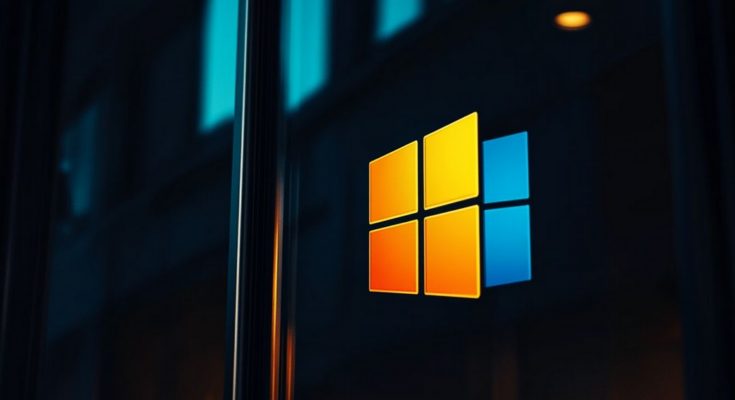Key Takeaways
- Microsoft exceeds forecasts but falls short of cloud sales goals.
- CEO Satya Nadella emphasized AI-driven growth, projecting that by the next quarter, Microsoft’s AI revenue will reach a $10 billion yearly run rate.
- Microsoft’s GitHub will enable Google and Anthropic models in Copilot Chat to lessen reliance on OpenAI.
Although Microsoft made $65.59 billion in Q1 2025, its cloud division fell short of expectations. CEO Nadella anticipates $10 billion in AI revenue the following quarter, demonstrating the potential of AI investments.
On October 30, Microsoft hosted an earnings call following the bell. The shares dropped nearly 4% on the premarket as the company’s performance in the cloud segment fell short of analysts’ expectations.
Microsoft’s Earnings Analysis
Although its cloud revenue growth was marginally below expectations, Microsoft’s (MSFT) fiscal first-quarter results surpassed Wall Street’s expectations.
The company’s net income increased to $24.67 billion, or $3.30 per share, exceeding analysts’ estimates, while its quarterly revenue increased 16% year over year to $65.59 billion. Nonetheless, Microsoft’s Intelligent Cloud division, which includes its Azure cloud platform, generated $24.09 billion, a 20% year-over-year rise but still less than the $28.97 billion analysts had predicted.
Revenue Is Driven by AI Investments
Microsoft CEO Satya Nadella emphasized the company’s AI-driven revenue streams’ rapid development, especially in Azure and Microsoft 365, as big tech confronts increasing pressure to show returns on AI investments.
According to Nadella, Microsoft’s AI division will become the company’s fastest-growing division to reach the $10 billion yearly revenue run rate milestone by the following quarter. The demand for Microsoft 365 Copilot, which is currently utilized by 70% of Fortune 500 organizations, is primarily responsible for this increase.
OpenAI is about to lose
Microsoft’s investment in OpenAI has presented difficulties despite the potential of AI. Microsoft anticipates a $1.5 billion revenue shortfall this quarter, mostly as a result of OpenAI’s financial losses, according to CFO Amy Hood. Microsoft has invested over $14 billion in OpenAI, which is expected to generate $4 billion in revenue this year but lose $5 billion.
Microsoft is growing its AI relationships to reduce dependence on a single model, even if OpenAI is still at the heart of the company’s AI strategy. Microsoft’s GitHub has revealed that it will expand its options beyond OpenAI’s GPT-4 by enabling developers to use models from Google and Anthropic for its Copilot Chat feature. Microsoft’s dedication to keeping up its pace in the AI space while controlling possible financial risks is demonstrated by this strategic diversification.
Should I Invest in Microsoft Stock?
Since the start of the year, Microsoft’s stock has increased 24.5%, beginning at 376.04 and demonstrating robust upward momentum. However, Microsoft has not kept up with the market as a whole, as evidenced by the drop in its relative strength line (RS), which shows how a stock has performed in relation to the S&P 500.
Over the past few months, the stock’s IBD Composite Rating has increased and is currently at 73. IBD, on the other hand, usually searches for a composite rating of 95 or above for premium growth stocks, since this benchmark has traditionally signaled the beginning of notable rallies. This necessity for development is also reflected in Microsoft’s Relative Strength Rating (RS). With its current RS rating of 62, Microsoft has outperformed 62% of all equity in the last 12 months. It’s still below the optimal level for breakout stocks, which usually begin their runs with an RS Rating of at least 95, even though it’s an improvement over recent lows.
The largest stock market winners, according to IBD data, started their robust upward streaks with an average relative strength rating of 87 or higher. According to this pattern, equities with high relative strength ratings frequently see significant returns, rewarding investors who spot and take advantage of such high ratings at the appropriate moment.



